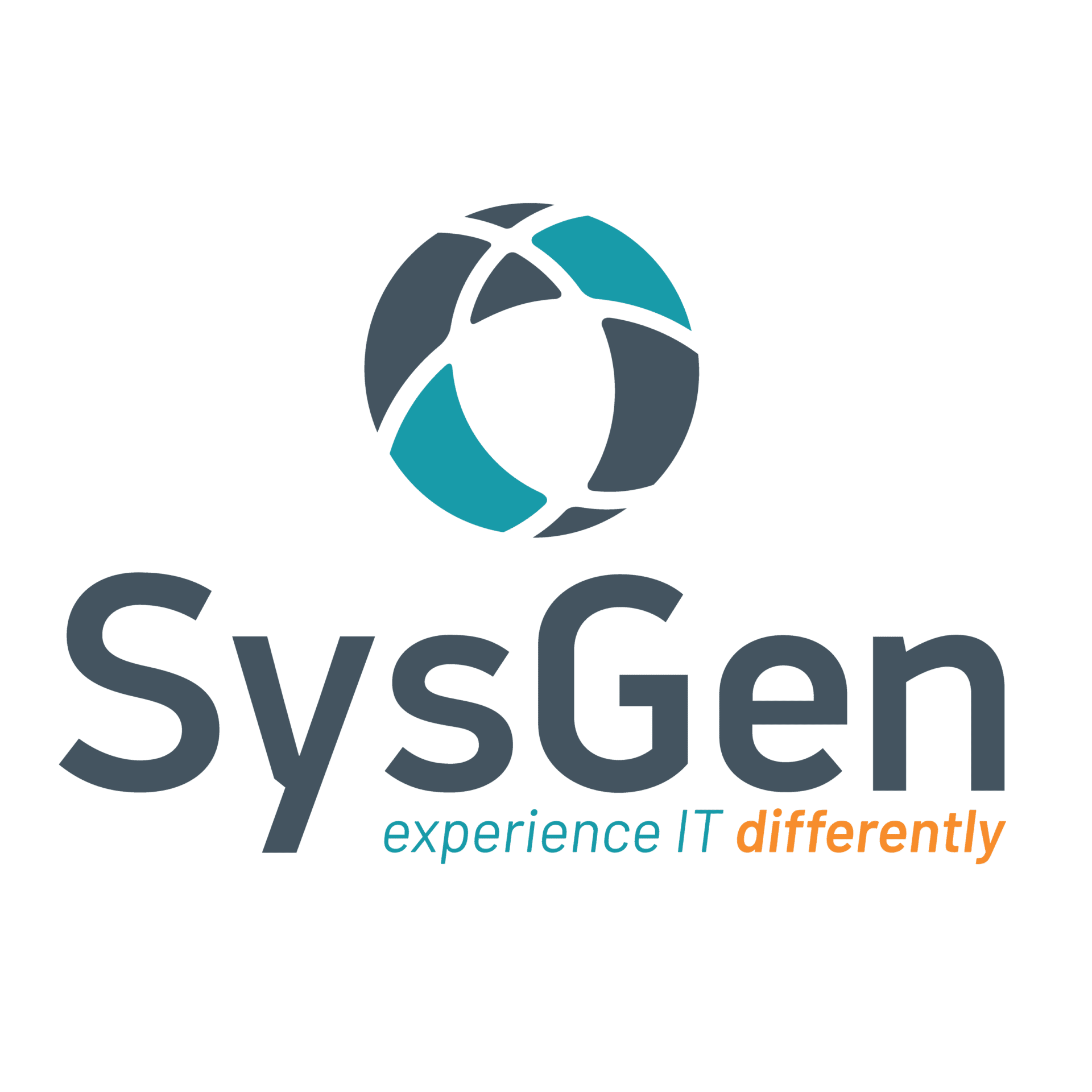Building a Strong Foundation: Why SharePoint Governance Matters
In the ever-evolving landscape of digital collaboration and document management, SharePoint has emerged as a powerhouse platform for organizations worldwide. With its robust features for content sharing, team collaboration, and document storage, SharePoint offers immense potential for streamlining workflows and enhancing productivity. However, to fully harness its capabilities and avoid potential pitfalls, a solid governance strategy is paramount.
Understanding SharePoint Governance
SharePoint governance refers to the set of policies, roles, responsibilities, and processes put in place to ensure effective and secure utilization of the platform. It serves as the framework that guides decision-making, controls access, maintains data integrity, and enforces compliance within an organization’s SharePoint environment.
The Importance of Governance
Before creating a governance plan, it’s essential to explore the significance of governance. While this may seem like an approach that only applies to IT teams, it extends to all branches of business processes.
1. Ensuring Data Security and Compliance
One of the primary concerns for organizations utilizing SharePoint is data security. With sensitive information being stored and shared within the platform, maintaining strict controls over access permissions, data encryption, and compliance with regulatory requirements are essential. A well-defined governance strategy helps mitigate the risk of data breaches, ensuring that confidential information remains protected.
Data security is not only critical for safeguarding sensitive information but also for maintaining trust with clients, partners, and regulatory bodies. Compliance with regulations such as GDPR, HIPAA, or industry-specific standards is mandatory for many organizations. SharePoint governance ensures that data handling practices align with these regulations, reducing the risk of costly fines or legal consequences.
2. Promoting Information Management Best Practices
Effective governance encourages adherence to standardized information management practices, such as version control, metadata tagging, and content lifecycle management. By defining clear guidelines for content organization, naming conventions, and retention policies, organizations can prevent content sprawl, improve searchability, and facilitate knowledge sharing across teams.
Central to information management within SharePoint is the concept of metadata. Metadata provides contextual information about documents and other content, enabling users to classify, find, and understand information more effectively. Governance policies should define metadata standards and ensure their consistent application across the platform.
3. Enhancing Collaboration and Productivity
SharePoint’s collaborative features empower teams to work together seamlessly, regardless of geographical locations or organizational hierarchies. However, without proper governance, collaboration can quickly become chaotic, leading to duplicated efforts, conflicting versions of documents, and confusion over responsibilities. Governance mechanisms such as workflow automation, approval processes, and role-based access control help streamline collaboration workflows, leading to increased productivity and efficiency.
Moreover, effective governance fosters a culture of collaboration by providing users with the tools and guidelines they need to work together effectively. This includes training on features such as document co-authoring, real-time chat, and team sites, as well as establishing clear expectations for communication and collaboration within the organization.
4. Optimizing Performance and Scalability
As organizations grow and their SharePoint environments expand, ensuring optimal performance and scalability becomes imperative. Through governance practices such as capacity planning, resource allocation, and performance monitoring, organizations can proactively address potential bottlenecks and scalability issues, ensuring that the platform remains responsive and reliable even as user demands increase.
Scalability is particularly crucial for large enterprises or organizations experiencing rapid growth. Without proper governance, SharePoint environments can become bloated and inefficient, leading to sluggish performance and degraded user experience. Governance policies should include guidelines for scaling SharePoint infrastructure, optimizing performance, and ensuring high availability to accommodate growing user bases and workload demands.
Implementing Effective Governance
Business processes are unique; no Sharepoint governance template will work universally across organizations. By following the outlined steps, you can accurately plan and execute a governance plan that is both effective and ensures efficiency.
1. Establishing Clear Policies and Procedures
Begin by defining a comprehensive set of governance policies and procedures that align with your organization’s objectives, industry regulations, and best practices. These policies should cover areas such as access control, content management, security protocols, and compliance requirements.
When defining governance policies, it’s essential to involve stakeholders from across the organization to ensure buy-in and alignment with business goals. This may include representatives from IT, legal, compliance, information security, and business units that rely heavily on SharePoint for their operations. Consider creating a Sharepoint governance document to keep track of key details related to each department to help with further steps.
2. Assigning Roles and Responsibilities
Identify key stakeholders and assign roles and responsibilities within the governance framework. This includes designating SharePoint administrators, site owners, content managers, and compliance officers, each responsible for specific aspects of governance implementation and enforcement.
Clear delineation of roles and responsibilities helps ensure accountability and streamline decision-making processes within the organization. SharePoint administrators, for example, are responsible for configuring and maintaining the SharePoint infrastructure, while site owners oversee individual sites and ensure compliance with governance policies at the site level.
3. Providing Ongoing Training and Support
Invest in training programs and resources to educate users about SharePoint best practices, governance guidelines, and platform updates. Regular training sessions, documentation, and user support channels help ensure that employees understand their roles and responsibilities and can effectively navigate the SharePoint environment.
Training should be tailored to the needs of different user groups within the organization. It should range from basic end-user training on navigating SharePoint sites and working with documents to more advanced training on administering sites, configuring security settings, and developing custom solutions.
4. Monitoring and Continuous Improvement
Regularly monitor SharePoint usage, performance metrics, and compliance adherence to identify areas for improvement. Solicit feedback from users and stakeholders to identify pain points and opportunities for optimization, and iteratively refine the governance framework to adapt to evolving business needs.
Monitoring tools and analytics dashboards can provide valuable insights into user behaviour, content usage patterns, and system performance metrics. This data can inform decision-making processes and help organizations identify trends, anticipate challenges, and implement proactive measures to enhance the effectiveness of SharePoint governance.
Conclusion
In today’s digital workplace, SharePoint serves as a central hub for collaboration, communication, and content management. However, its effectiveness hinges on the implementation of robust governance practices that ensure security, compliance, and usability. By prioritizing SharePoint governance and investing in the necessary resources and processes, organizations can build a strong foundation for success and unlock the full potential of the platform.
Effective governance requires a holistic approach that encompasses policies, processes, people, and technology. It’s not a one-time effort but an ongoing commitment to continuous improvement and adaptation to changing business needs and regulatory requirements. With the right governance framework in place, organizations can mitigate risks, maximize productivity, and drive innovation with SharePoint.
Learn how SysGen can help you by contacting us today!
Get in touch with the SysGen IT team



